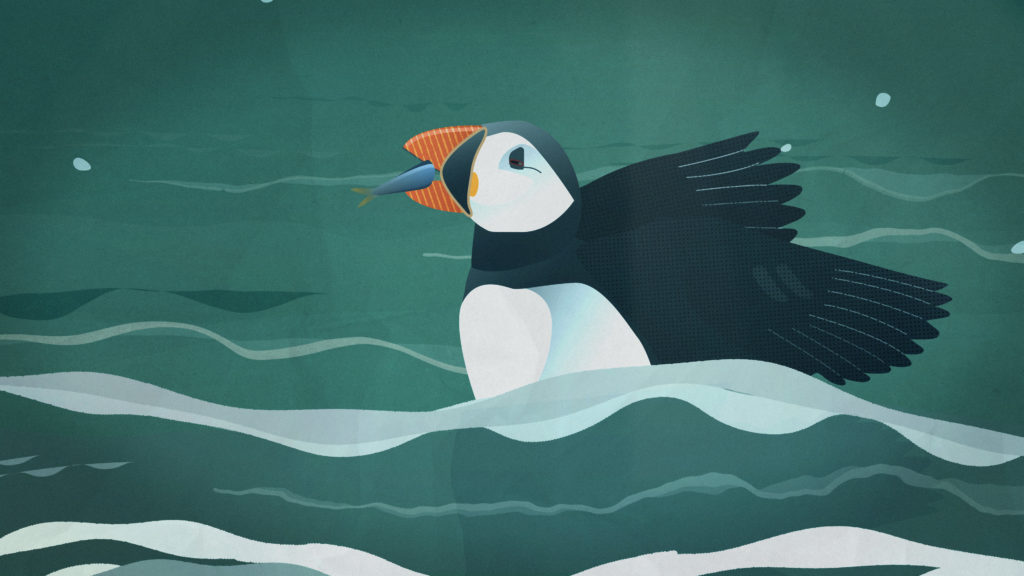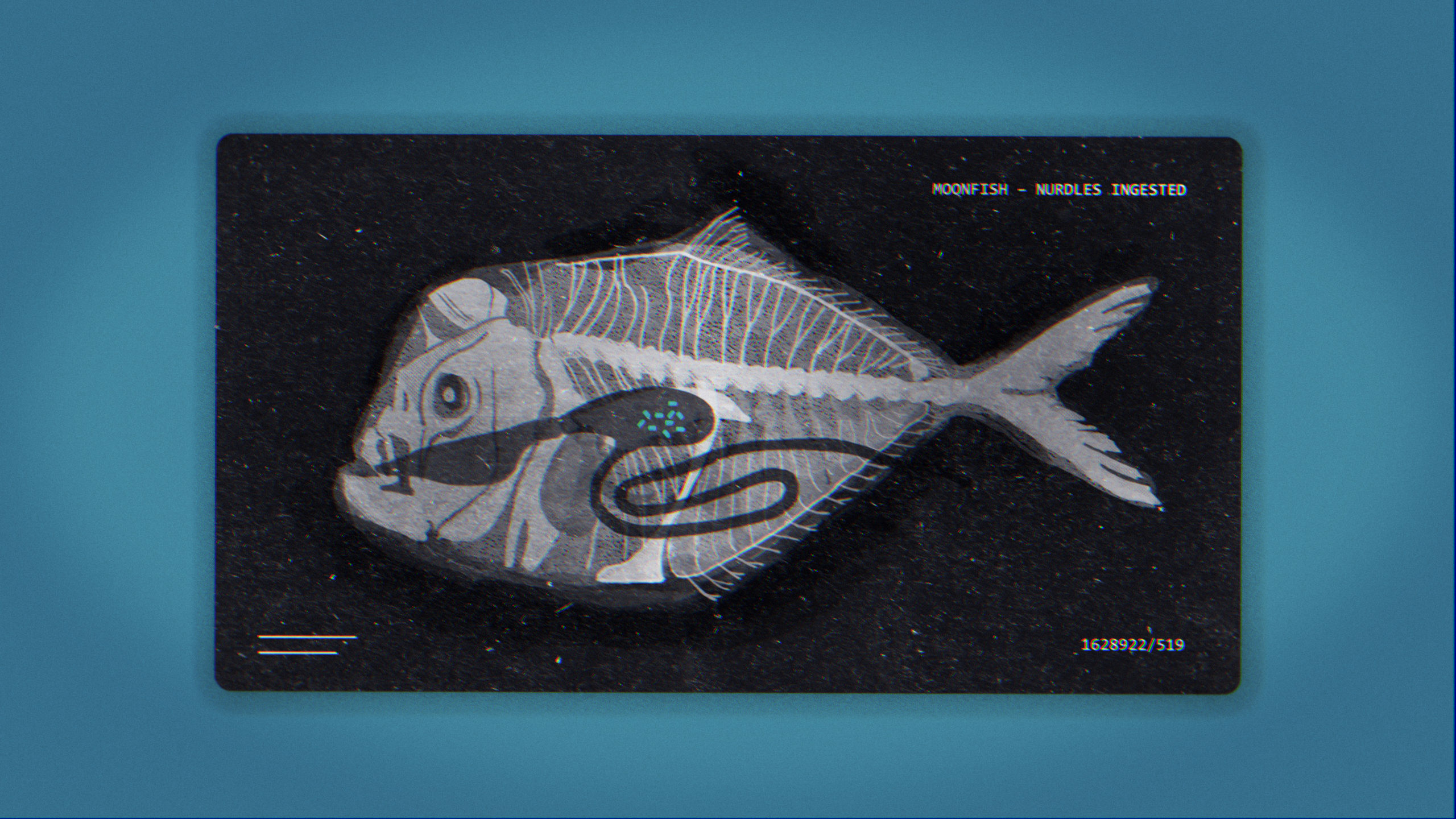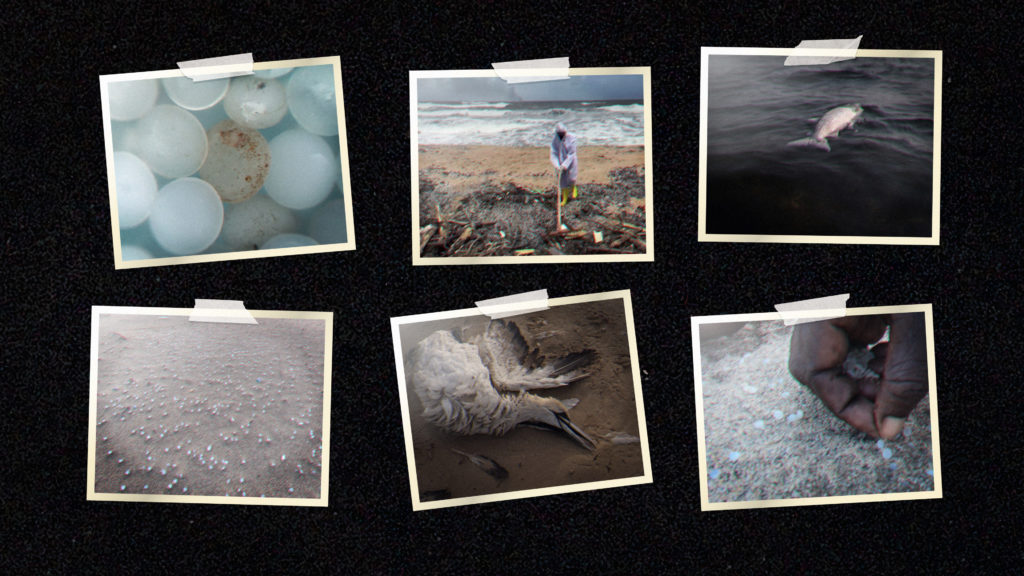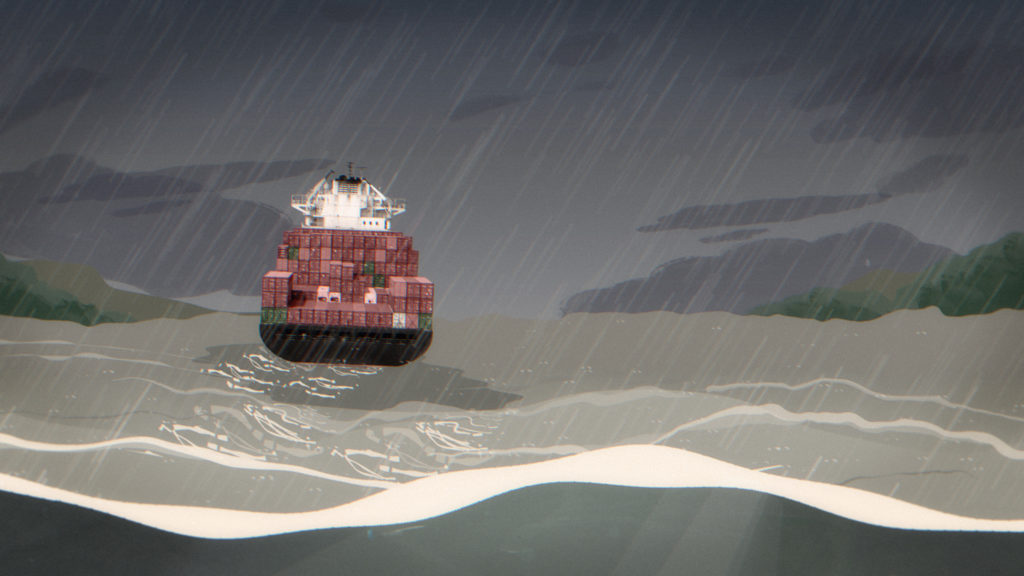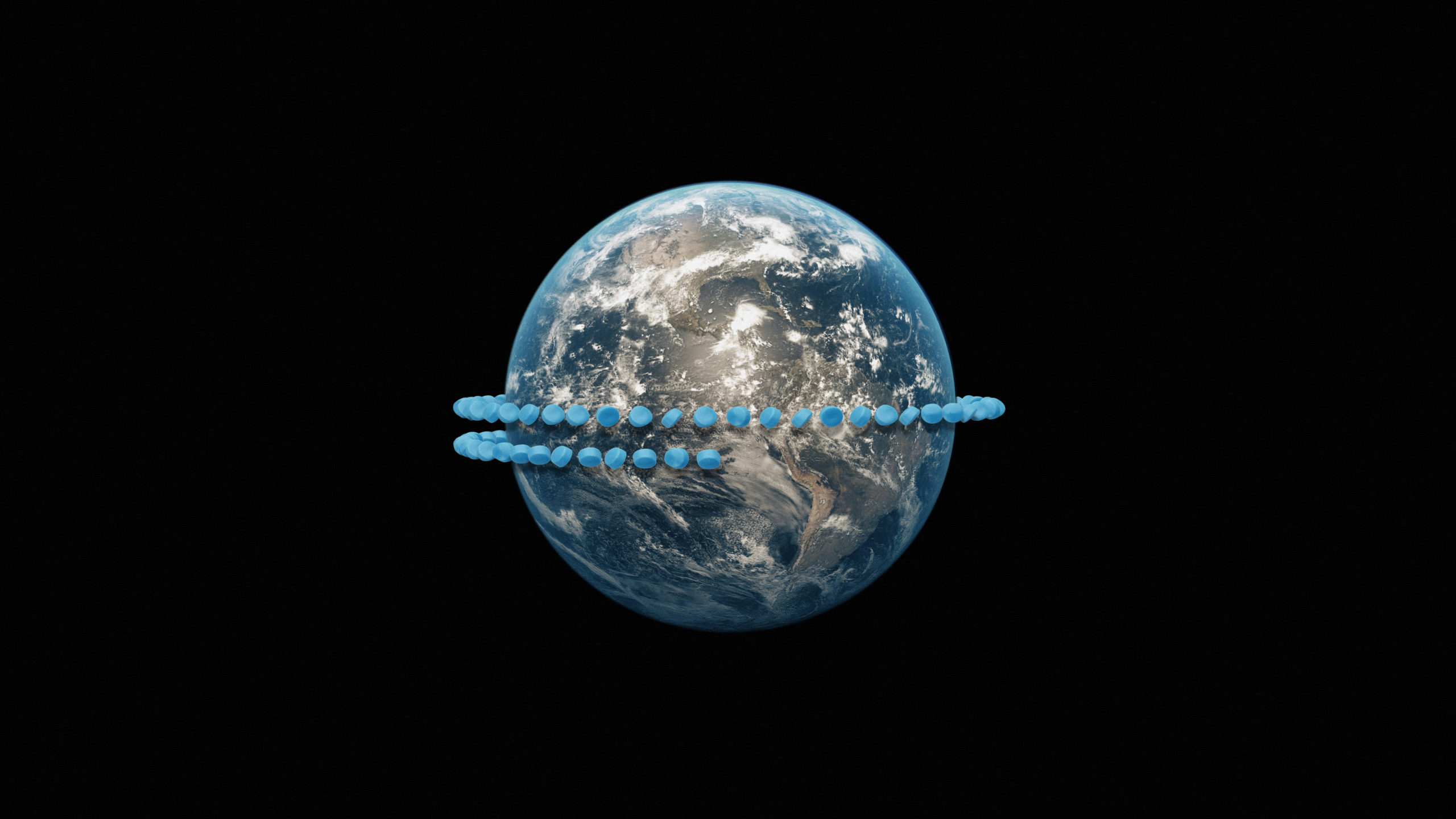Exposing the Hidden Threat of Nurdle Pollution
Fauna & Flora International (FFI), a leading wildlife conservation charity, asked us to create an animation that raises awareness of the catastrophic environmental impact of nurdles, tiny plastic pellets used to manufacture everyday items like bottles, food packaging and clothing.
Nurdles are increasingly polluting rivers, beaches and oceans, where they harm marine life and ecosystems. With an estimated 11.5 trillion entering the sea each year, the scale of the problem is vast.
FFI’s work focuses on prevention, aiming to stop nurdles from reaching the ocean in the first place. Once they’re in the water, they are nearly impossible to remove

